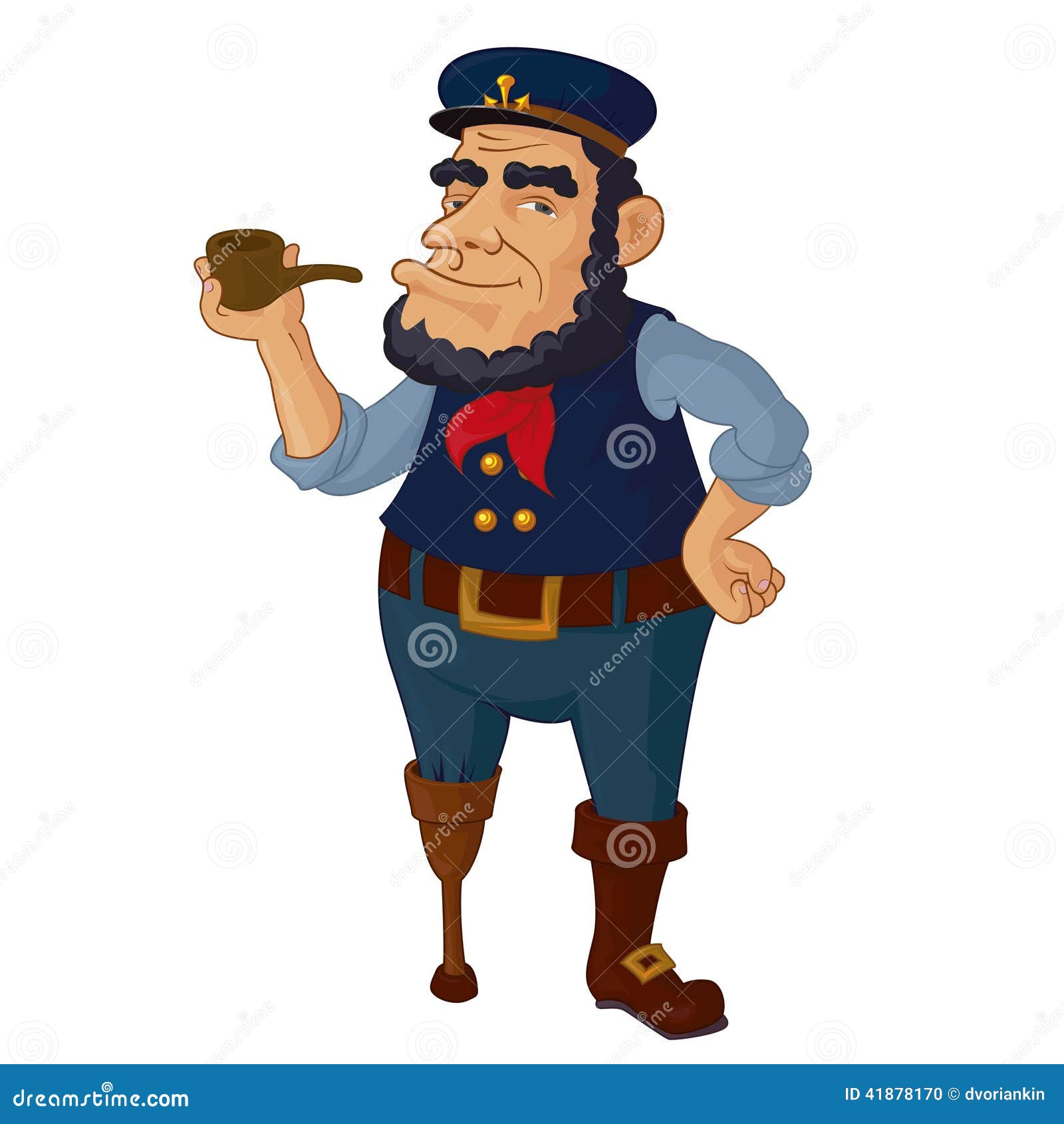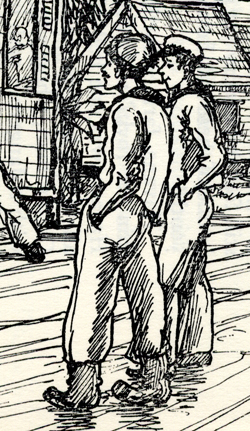Welcome to
- As historian Paul A. Gilje chronicles in Swear Like a Sailor: Maritime Culture in America, 1750 to 1850, the figure of the sailor, or jack-tar, as the English originally referred to the seamen of.
- Tar (n.2) also Jack Tar, 'sailor,' 1670s, probably a special use of tar (n.1), which stuff was a staple for waterproofing aboard old ships (sailors also being jocularly called knights of the tarbrush); or possibly a shortened form of tarpaulin, which was recorded as a nickname for a sailor in 1640s, from the tarpaulin garments they wore.
- Jack Tar s Story examines the autobiographies and memoirs of antebellum American sailors to explore contested meanings of manhood and nationalism in the early republic. It is the first study to use various kinds of institutional sources, including crew lists, ships logs, impressment records, to document the stories sailors told.
Beat, knock, or whale the tar out of, to beat mercilessly. Tar and feather, to coat (a person) with tar and feathers as a punishment or humiliation. Tar with the same brush, to regard as having the same unfavorable qualities as one whose shortcomings are known. before 900; (n.).

Jack - Tar
Sailor`s Knots & Ropework
Marlinspike Seamanship and Tools
Please have a look at sailor`s rope work made according to old seafaring traditions. On this site you will find examples of sailor`s tools and how those were used in daily work.


Want to know what Flemish Eyes, Pointings, Ringbolt-Hitchings or Cockscombings are and what they are needed for?

Want to see how Jack Tar once skilfully tied bellropes for the ships bell or beckets for his sea chest which held his personal belongings?
Then step aboard and get an impression of things a sailor could do from cordage and take a look at antique tools as there are the Fid, the Marlinspike, the Serving Mallet and Grease Horn, just to name a few.
Before setting sails a few facts about myself:
Karl Bareuther, born in 1939,
coalminer`s apprentice from 1955 to 1958.

After reading the following in Herman Melville, White-Jacket:
'Indeed, from a frigate`s crew might be called out men of all callings and vocations, from a backslidden parson to a broken-down comedian. The navy is the asylum for the perverse, the home of the unfortunate. Here the sons of adversety meet the children of calamity, and here the children of calamity meet the offspring of sin. Bankrupt brokers, boot-blacks, blacklegs and blacksmith here assemble together; and castaway tinkers, watch-makerst, quill-drivers, cobblers, doctors, farmers and lawyers compare past experiences and talk of old times.'
Adventurous I thought, and joined the then growing German Navy in 1960.
Being in the navy I became acquainted with sailor`s knots, marlinespike seamanship and also with some fancy knots. Especially the fancy knots one had to know for tieing his personal boatswain`s call. Not only knotwork and marlinespike seamanship held a great fascination for me but also the plain beauty, the perfection and wonderful patina of tools which often were made of lignum vitea soon captivated me.
Wherever I met an old shellback or retired rigger I made him show me knots that were new to me and if I found sailor`s ropework in German museums or abroad I tried to copie with growing success.
At that time, more than forty years ago, I started also collecting maritime tools; to be moreprecise: tools used by sailors, sailmakers and riggers.
I somehow made finds in many seaports and acquired tools and ropework in shipyards and antique shops ashore. What I accumulated in all those years from all over the world was a museums quality collection of maritime tools of the trades.
Soon after the supply ship I was privileged to command for five years was decommissioned, I retired from the German Navy after having served for thirty-five years. I took a few things of what a life at sea had once taught me and what I enthusiastically had develloped with me back home as a great and wonderful pastime:Knot tying, marlinespike seamanship and fancy work and a handsome collection of maritime tools, that later on was to be exhibited in numerous maritime and heritage museums in Germany and abroad. (see 'exhibitions')
At last, my collection found a safe haven on the museums vessel 'Rickmer Rickmers' in Germanies famous seaport of Hamburg. My thanks go to the 'Rickmer Rickmers' foundation for displaying those things with loving care, which once were used by sailors of many nations aboard sailing vessels like this since long ago retired square-rigger.
Work upon rigging
Once a vessel was supplied with cordage, the rope was prepared for the rigging by riggers of the shipyards. At sea it was the sailor`s responsibility to care for it and to carry out all of the required repairs. Frequent control and maintenance of the standing and running rigging was to be done scrupulously to ensure the safety of ship and crew. As a prerequisite for maintenance and repairs sailors had to be familiar with different kinds of splices and quite a number of special knots. Likewise, sailors had to master a manifold of techniques in order to handle the ropes, e.g. making foxes, baggywrinkle, sennits, grommets, sea gaskets, selvagee strops and the like. Most important was to know the service of rope as a protection against chafe and wetness.
Work on deck and in the rigging, like hoisting and shortening sails as well as loading and unloading the ship in ports ,required knowledge and mastery of numerous knots.
Bends and Hitches:
'Our forefathers devised various bends, hitches and knots as a means of quickly making fast a rope so that it would hold under strain and yet could be cast off easily when required. These must be learnt by every seaman before every before he can be of use to his ship'. Admiralty Manual of Seamanship Vol.I 1951
About Sailors` Knots
'The word 'knot' has two meanings which should be carefully distinguished from each other. In its most general sense, a knot is any fastening made by interweaving cordage. Thus the term is generic, and includes the several varieties or species of knots, such as the bend, the hitch, and the knot in its more limited and specific sense. The three chief varieties of knots (in general sense of the term) may be defined as follows:
1. BEND. A method of joining the ends of two ropes, or (as the sailors say) of bending two ropes together (e.g. the sheet bend).
2. HITCH. A method of securing a rope to a spar or other object (e.g. the clove hitch), or to another rope (e.g. the rolling hitch).
3. KNOT. A method of forming a knob in a rope (e.g. the overhand knot or the Matthew Walker knot); or forming a loop or noose in a rope (e.g. the bowline knot or the running knot).
Cyrus Lawrence Day, Sailors`Knots, London 1936
What Is A Tar Sailor
Knots have been around mankind within living memory, sailor`s knots apparently since man dared to explore the world beyond the horizon by buoyant craft. The climax in sailor`s knots and 'knot art', therefore including the often elaborate fancy knots, was reached in the great age of sail from the 18th century to about 1900. How many knots a sailor needed to know for carrying out his dayly work onboard a sailing vessel is not recorded exactly in any book of seamanship. Counting the knots a sailor required for his routine work, splicing included, might add up to about thirty 'knots'.
With the great sailing-ships increasingly etched out of the oceans by machine-powered ships also began the fading of knowledge on marlinspike seamanship and fancy work among sailors. Modern shipping with its ever faster propulsions meant ever shorter voyages and therefore a diminishing leisure-time which had to be filled with activities. Moreover, recreational facilities like on-board-libraries, radio, films and TV made sailors change their behavior and little by little banished the once so contemplative sailor`s folk art of rope and string from the focs`les. In our time a few sailing vessels still sail the oceans and enthusiastic ship lovers gather in museum harbours restoring their ships with loving care and rig them in the old sailors way. .
Sailors Tarred Pigtail
This may contribute to keeping up a little of seamanship like it was known in the great age of sail, particularly the handling of cordage and sailor`s tools.
